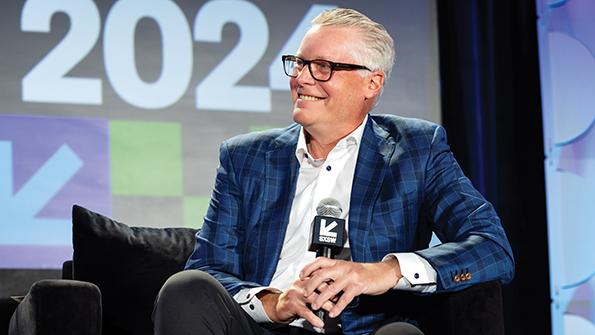
Delta Air Lines CEO Ed Bastian
Credit: Delta Air Lines
Congratulations on an amazing financial and operational performance that led to Delta being selected as the ATW Airline of the Year. What in your words do you think is key to Delta’s performance? I think the strategy we’ve been on for I’d say over the last 15 years is focusing on service. We’re a...
CEO Interview: Delta CEO Ed Bastian is part of our Air Transport World subscription.
Subscribe now to read this content, plus receive full coverage of what's next in air transport from the experts trusted by the global air transport community. Every article focuses on what airline management professionals need to run their airline, including crucial analysis and insights in financing, airframes and engines, environmental and regulatory pressures and much more.
Already a subscriber to ATW or an AWIN customer? Log in with your existing email and password.





